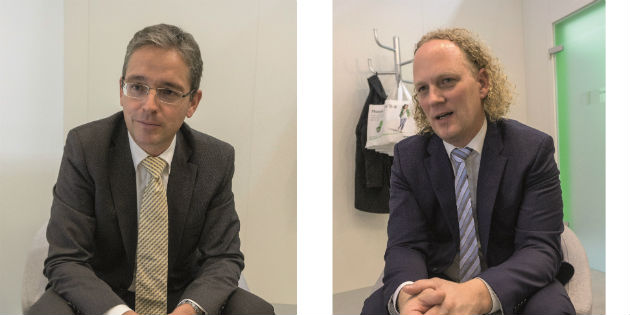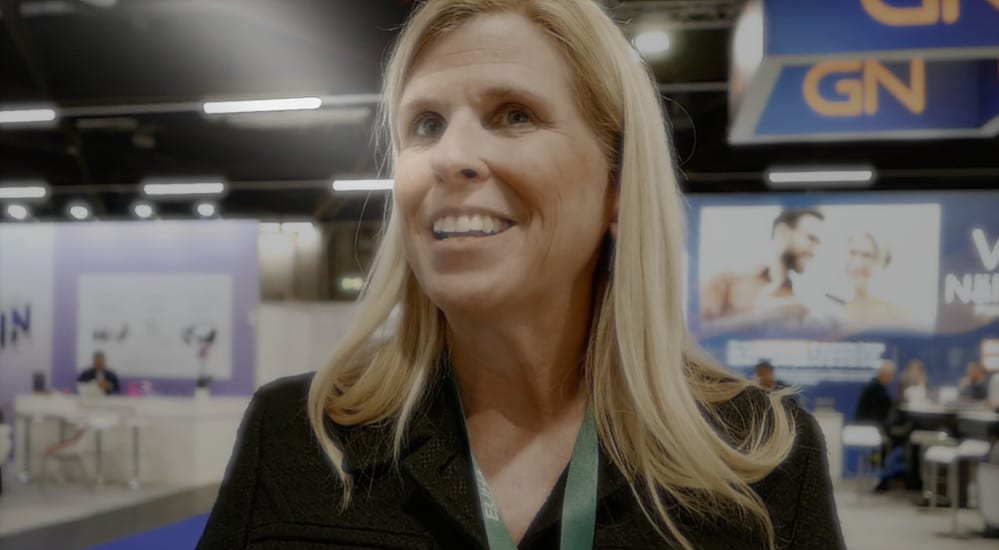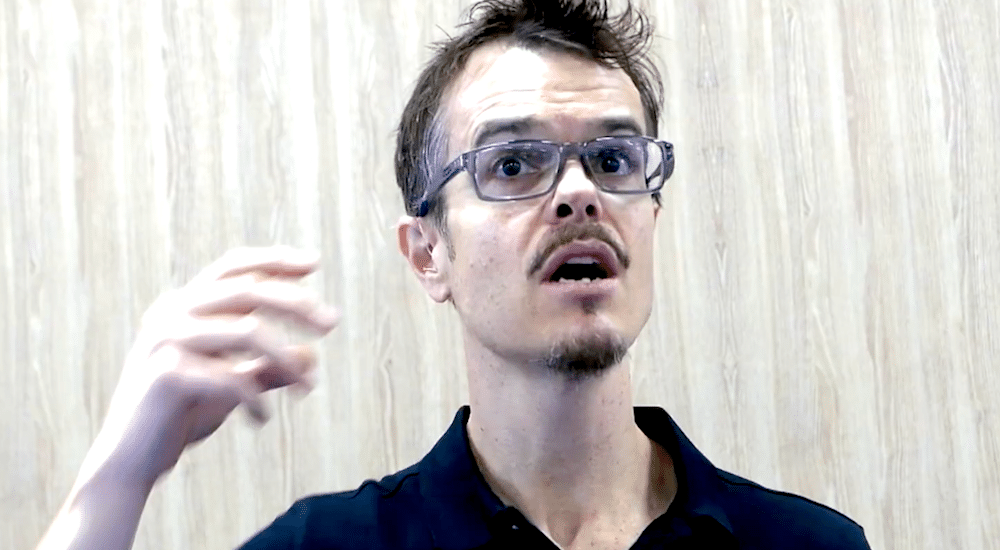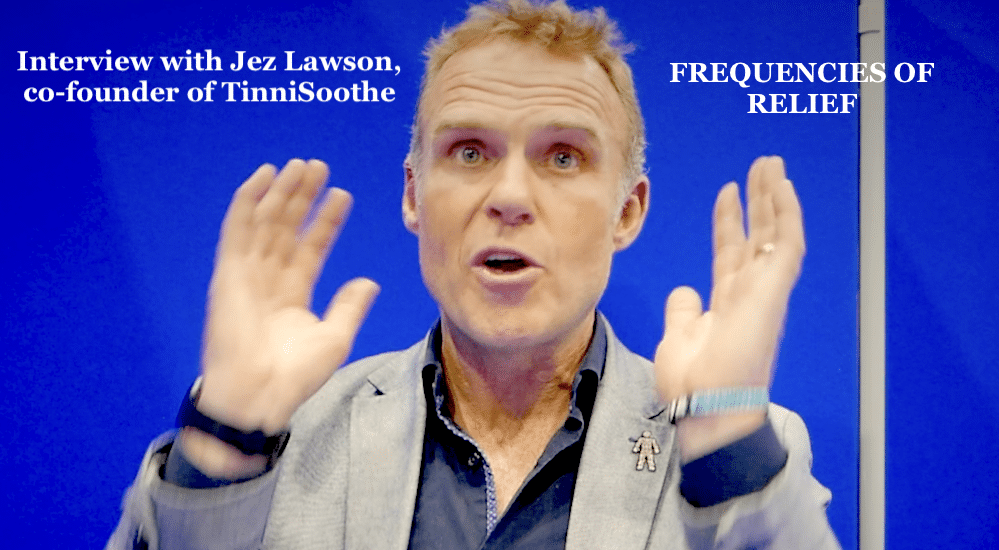“Batteries are the state-of-the-art”
EUHA2016
At the EUHA congress in Hanover we spoke to Dr. Roger Baumann, CEOof Sonova Deutschland GmbH and to Steffen Kohl, Marketing Manager Sonova Deutschland GmBH.

With the first lithium ion batteryoperatedhearing system, Phonakalso heralded the start of the newBelong platform. The oversizedcharging station at the company’sstand at the EUHA congress wasa clear sign that much talk wouldrevolve around the rechargeablehearing system.
Dr. Baumann, Mr. Kohl, to sum up Belong, whatinnovations does it involve?
Baumann: Belong is our new platform that we areinitially offering in the Audéo-B range in five models andfour technology levels. The battery device is no doubtthe most interesting to clients, but the platform offersmany other new features and improvements. On thefirmware side too, we have developed our automaticoperating system AutoSense OS even further. Moreover,we are now offering SoundRecover2 on the wholeplatform. SoundRecover2 works adaptively and ensuresa measurable improvement in speech intelligibility inhigh frequency hearing loss. We further developed thesystem so that only fricatives are compressed. Withvowels the system does not perform compression.In this way, the overtones are preserved and vowelsare “clean”. Tonality is better and speech perception more natural. We already introducedSoundRecover2 earlier in the year withNaída V and Sky V, and with the Belongplatform were are now in the full range. Thisis an important development step for us. Inaddition, we adjusted adaptive expansion.We have deeper internal noise of the A/Dconverter, which allows us to enhancespeech at very low levels, even whisper speech. All ofthis makes the hearing experience more natural.
As you mentioned, the most attention has beengiven to the use of lithium ion batteries. Why did youneed to build a new platform for this?
Baumann: The battery is a joint development bySonova – Phonak and a battery manufacturer.
Can you tell us which battery manufacturer it is?
Baumann: I’m afraid I can’t say. Just this much: wehave two suppliers and this is a joint development.Lithium ion cells are much more stable than nickelmetalhybrid batteries. But we know from oursmartphones that the battery clearly loses capacityafter two years. We therefore developed a system thatlasts for the lifetime of a hearing aid. And that is not onlybecause of the battery. It also depends on how youload the battery, and how you charge and discharge.We thus developed a loading technique whereby we only ever charge and dischargethe battery to a specific level. Thecharging cycle is carried out in avery controlled way – and that’swhy we need a new platform.Also, the battery is enclosed andthus fully protected. Everythingis soldered, nothing stuck, toprevent leakage current that would strain the battery.This means we can guarantee that the battery will stillreliably provide current over the entire day, even afterseveral years.
Does the use of lithium ion batteries have an effecton the structure of the hearing system?
Baumann: The battery cell looks very similar to the battery. It is loaded on galvanic contacts, so not inductive ones. We decided on this because inductive loading requires an additional coil in the device which takes up space. The galvanic contacts also allow for a very specific process on charging.
Kohl: We can demonstrate that the device will still work for 24 hours even after 1,500 charging cycles, in other words about four years. At the beginning, the devices will have even longer autonomy.
And once the battery actually stops running?
Baumann: If that happens, one can send the device in and the battery will be changed. This however can only be done at the factory because of the completely enclosed system. But, as we mentioned, the device will still work all day long after 1,500 charging cycles.
Buying batteries is something that often brings clients back to the specialist store. This won’t be the case anymore with the new battery. Have you had any criticism about that?
Kohl: When discussing the devices with end users, our clients see this as a chance to highlight the battery as an advantage for handling. Especially because many users would like rechargeable hearing systems anyway, as the MarkeTrak Study of 2015 revealed. People know batteries from many other devices in their daily lives, and these are state-of-the-art for them.
With lithium ion battery technology, there is a little more voltage in the devices. This now reaches 3.7 volts rather than 1.2 volts. Does this open up new possibilities for the future?
Baumann: The general rule is that the higher the operating voltage, the greater the calculation operations of the processor, in other words performance. This does indeed open up new possibilities for the future. At the moment, our energy management coverts the voltage of the rechargeable Audéo B-R of 3.7 volts to the lower voltage. This is because the chip is built into all solutions of the Belong platform.
On another topic: How has Phonak Germany handled the acquisition of AudioNova until now?
Baumann:Very well. In early 2015, when the retail strategy of Sonova was announced, this sparked major debate in the market and lead to many different reactions. With the announcement of the AudioNova takeover, there was clearly a need for discussion about the background to this decision and the aims of Sonova. Since early 2015, we have been able to show that we are still a reliable partner. I also believe our clients have seen how we have dealt with this question. After the announcement, we communicated very actively, openly and transparently. We have stood together as a team for this step, and I think this has contributed to us being able to rebuild much of the confidence that may have suffered back in 2015.
 Sign in
Sign in

